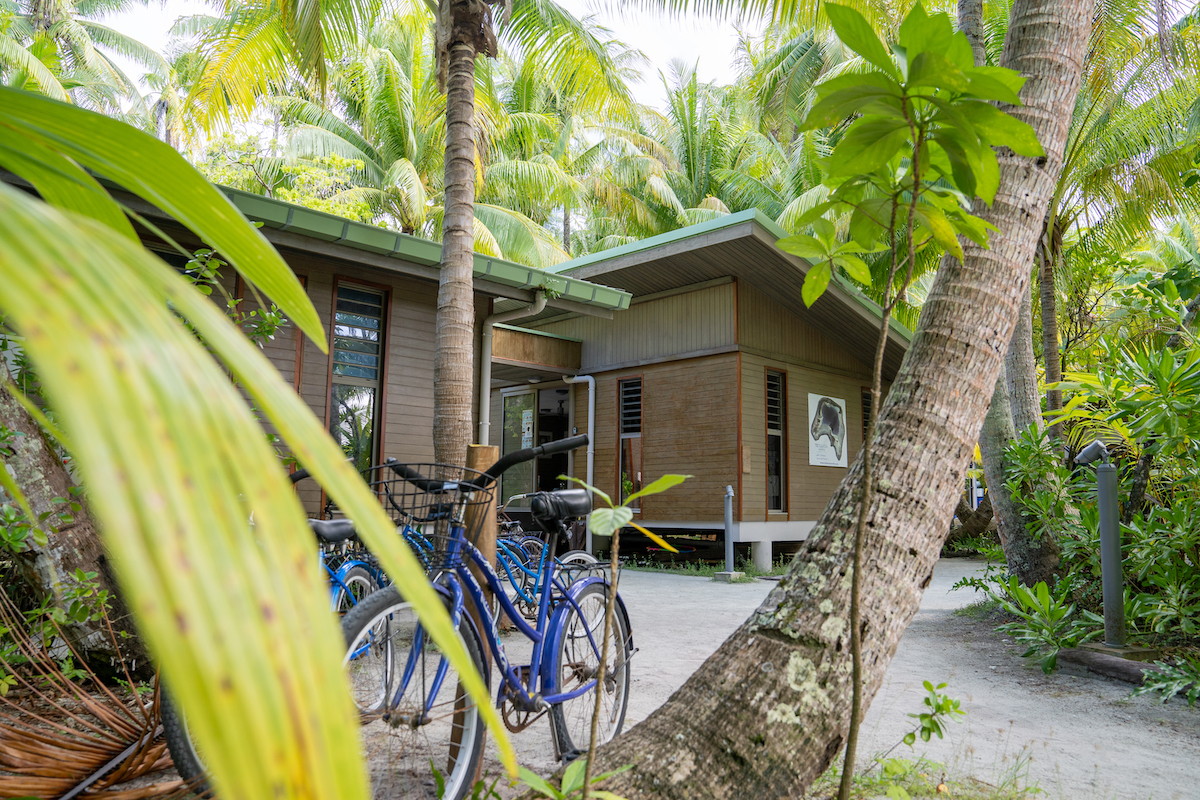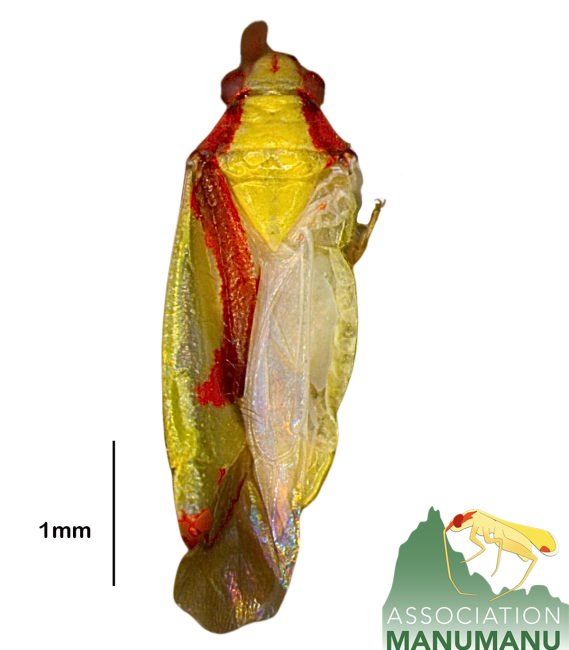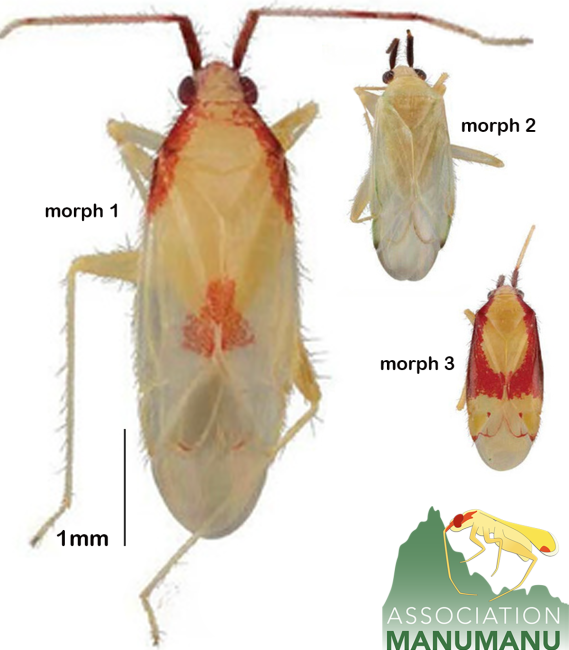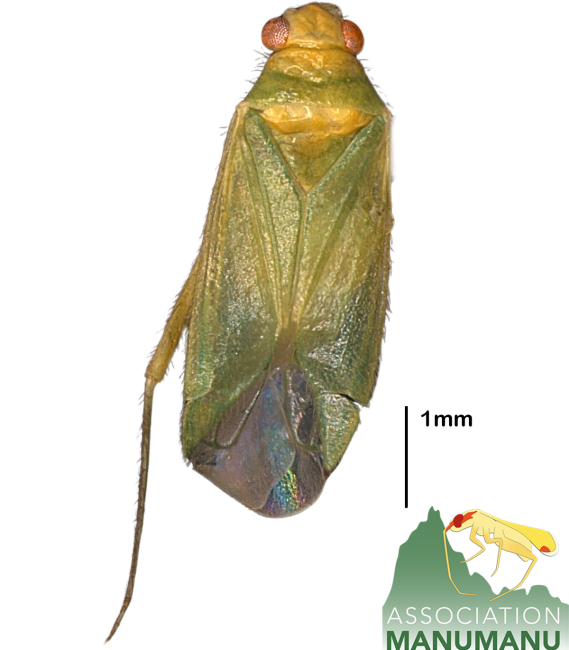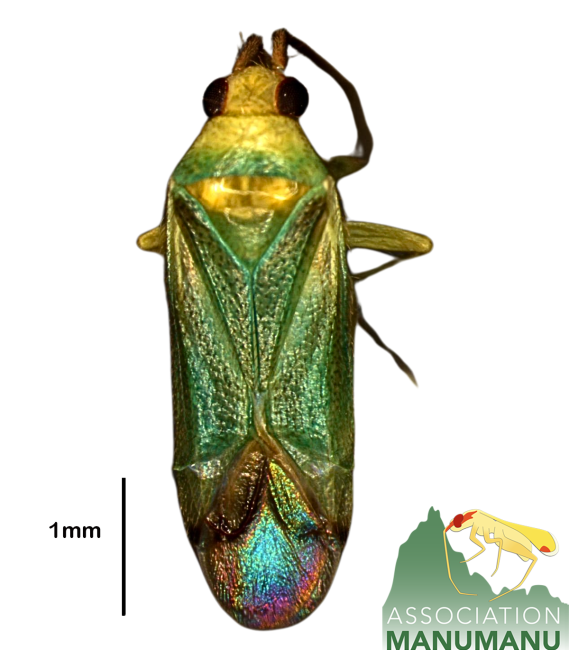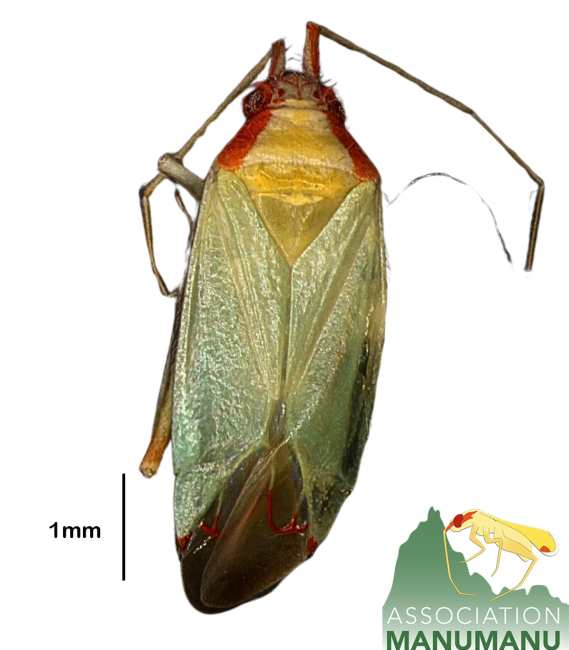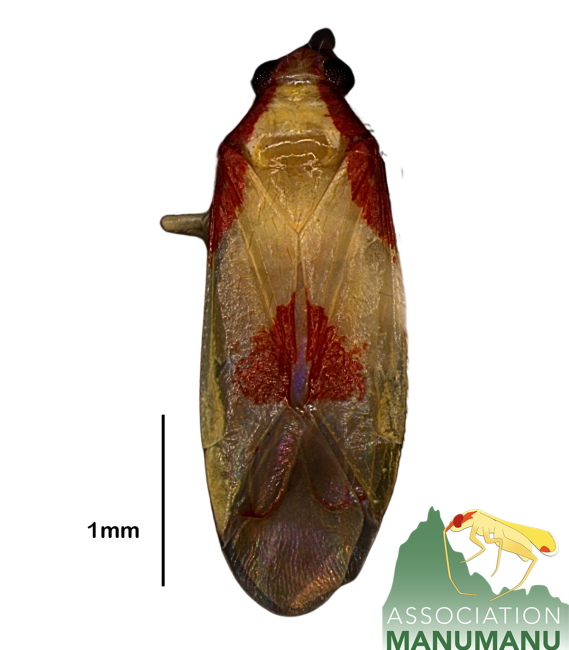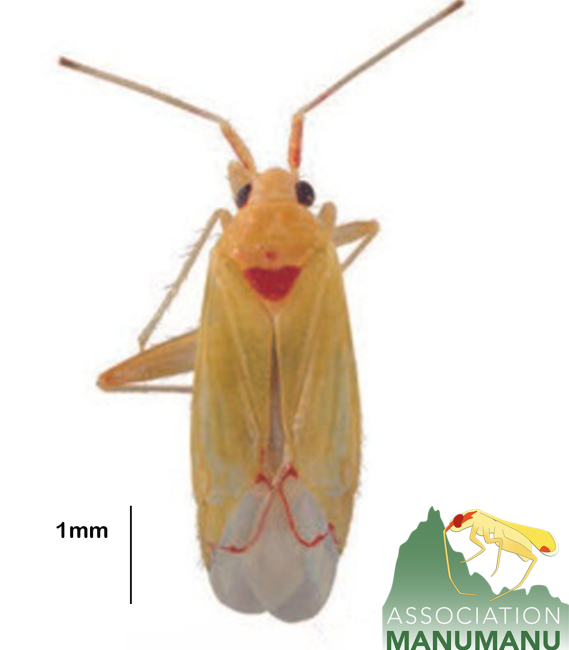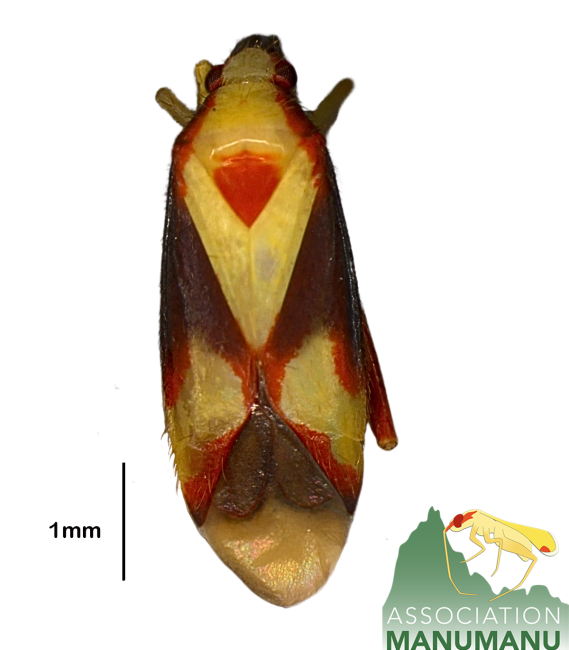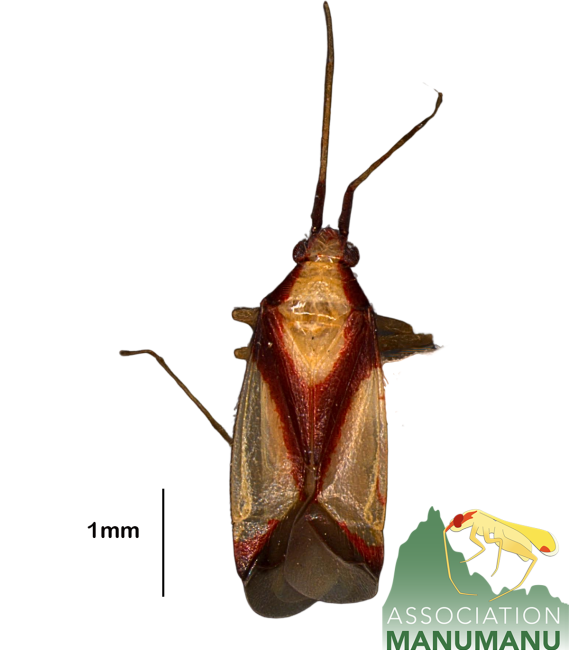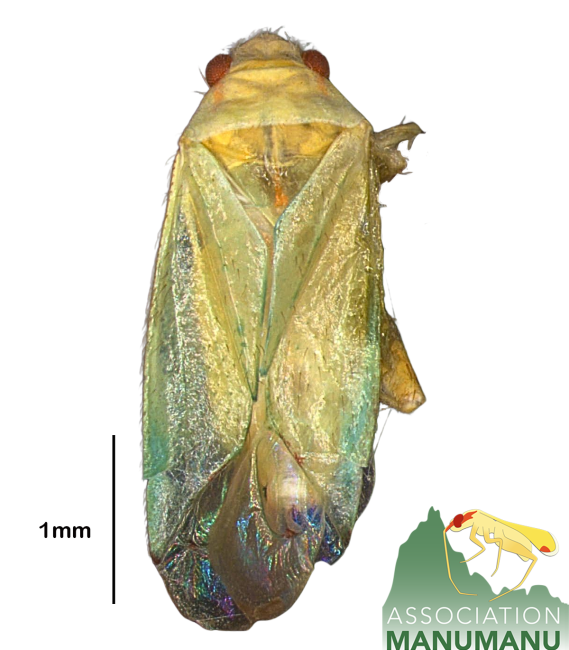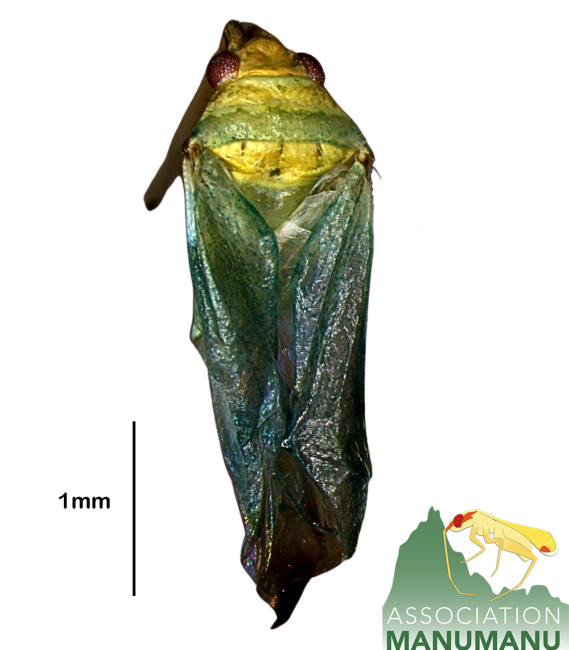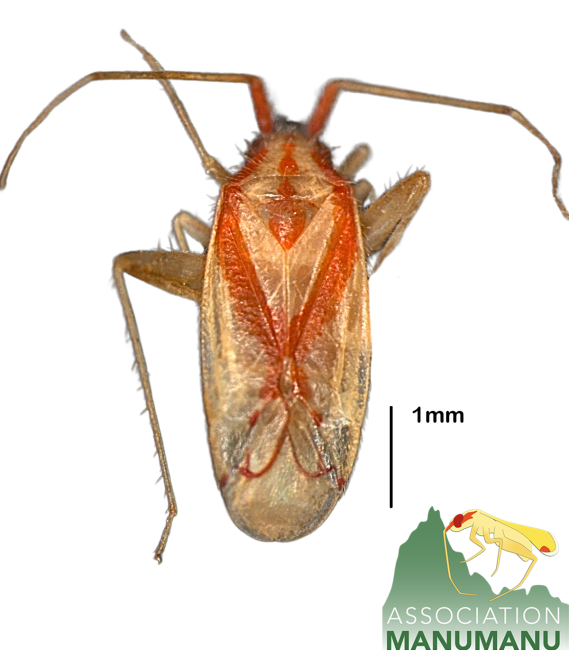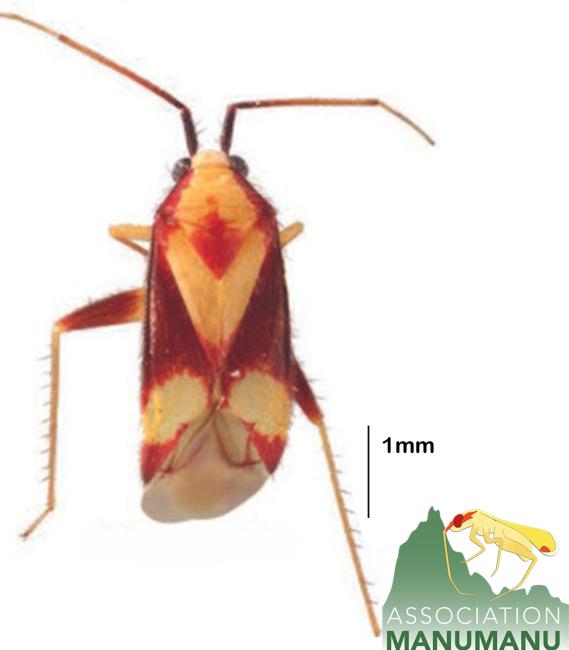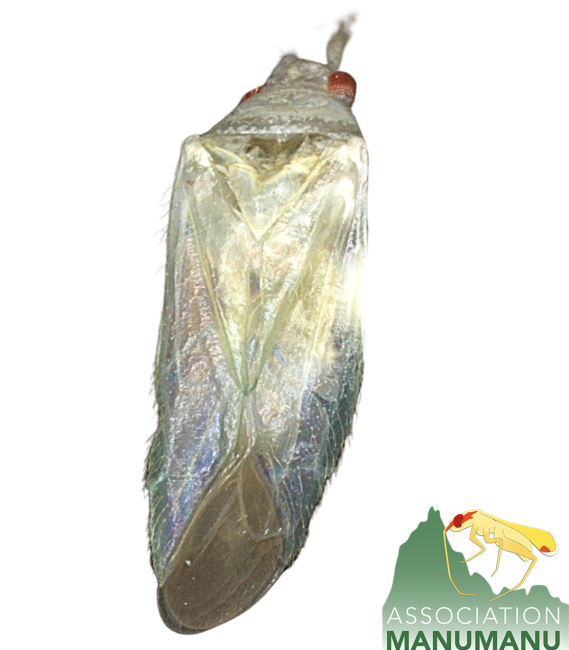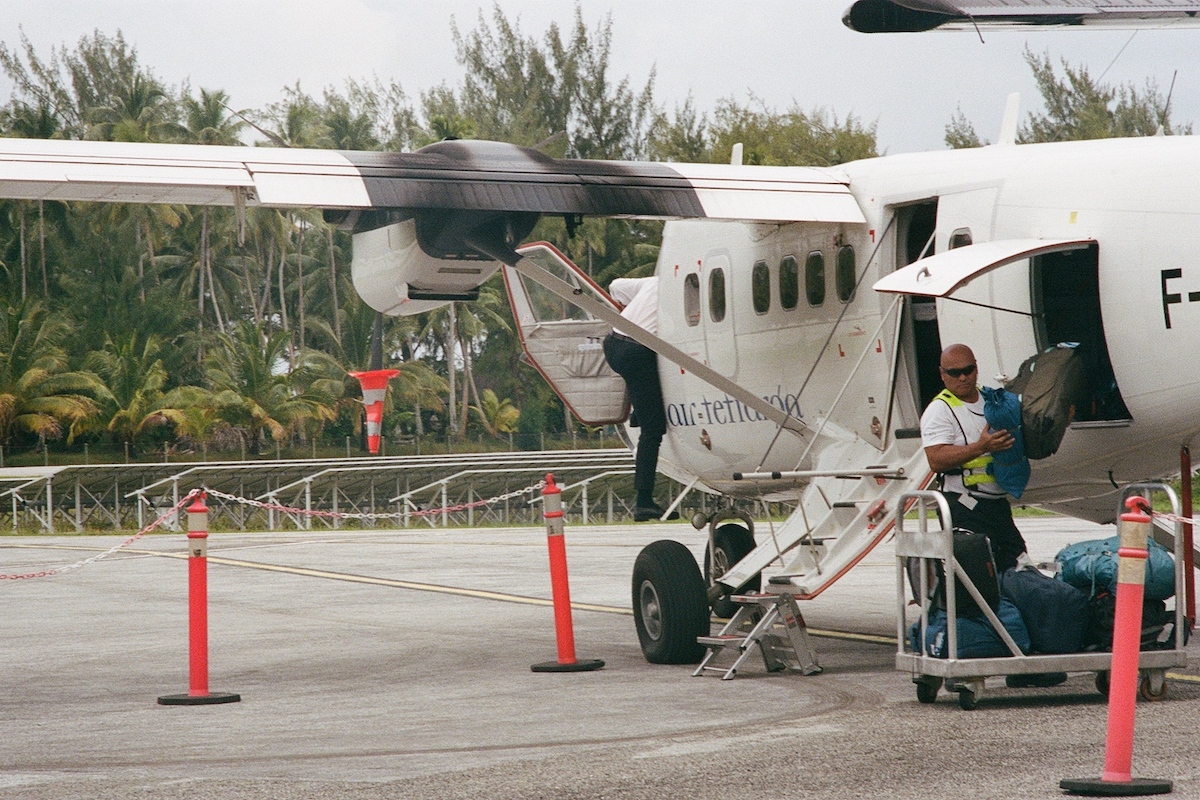
French Polynesia’s extreme isolation in the South Pacific means it has fewer species than the less-remote (and often larger) archipelagos further west, but that isolation has also produced a high degree of endemism. Sixty-one percent of the territory’s 3,025 terrestrial invertebrates are endemic, comparable to 62% of plants and 64% of birds (while a staggering 95% of snails are endemic). Of those invertebrates, 2,497 are insects from 17 different orders.
In the Manumanu Project, students will learn to identify 7 of the 17 orders, and will focus on bugs in the family Miridae (“plant bugs”). Students will receive a deck of trading cards of the 20 Pseudoloxops species endemic to the islands (17 of which were discovered by project lead Brad Balukjian), and will learn about nine other plant bug genera present on the islands.
What's a plant bug?
While we often call anything small that scurries a "bug," bug is actually a technical term, referring specifically to insects in the sub-order Heteroptera. True bugs, as they're called, have a mouth like a straw that they use to pierce plant or animal tissue, slurping up the juices within. Plant bugs are true bugs in the family Miridae and are known for feeding on the young shoots and flowers of plants.
Photo of Heteroptera Miridae Pseudoloxops coccineus
Attribution: Maria Justamond | License CC BY NC
